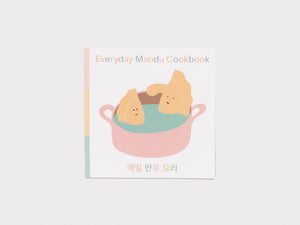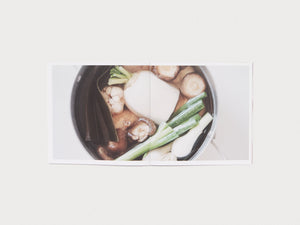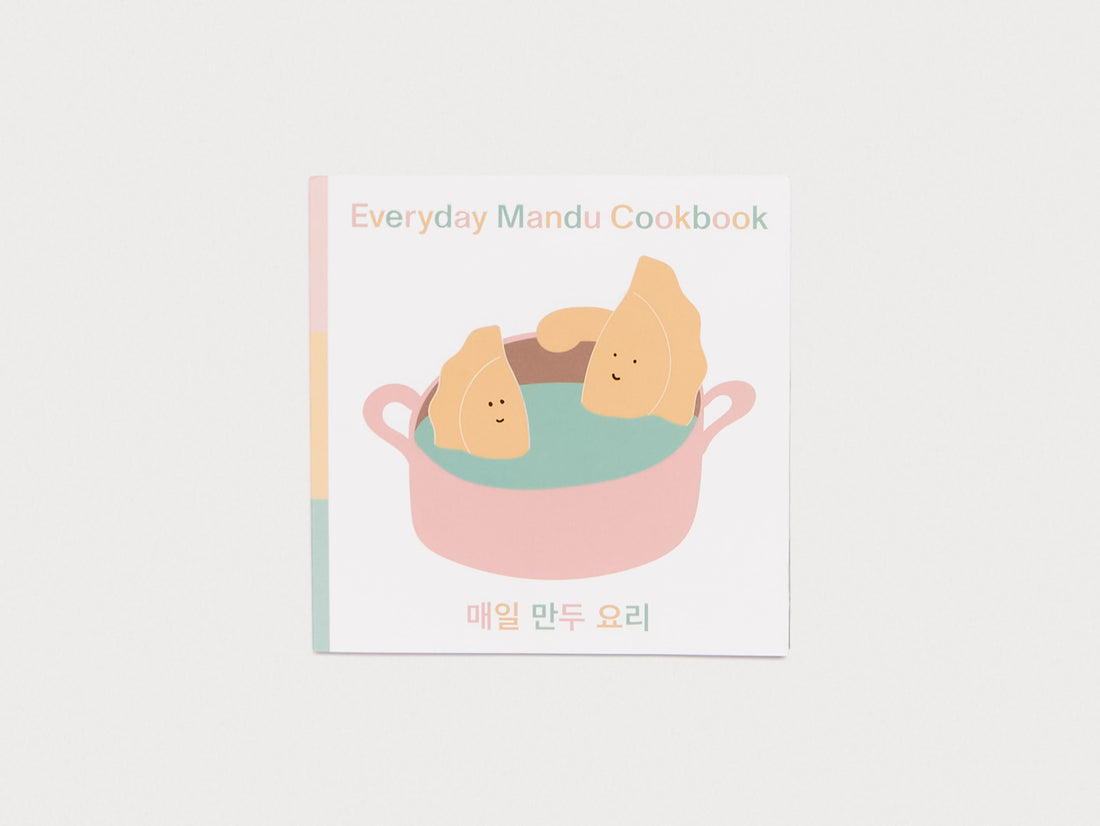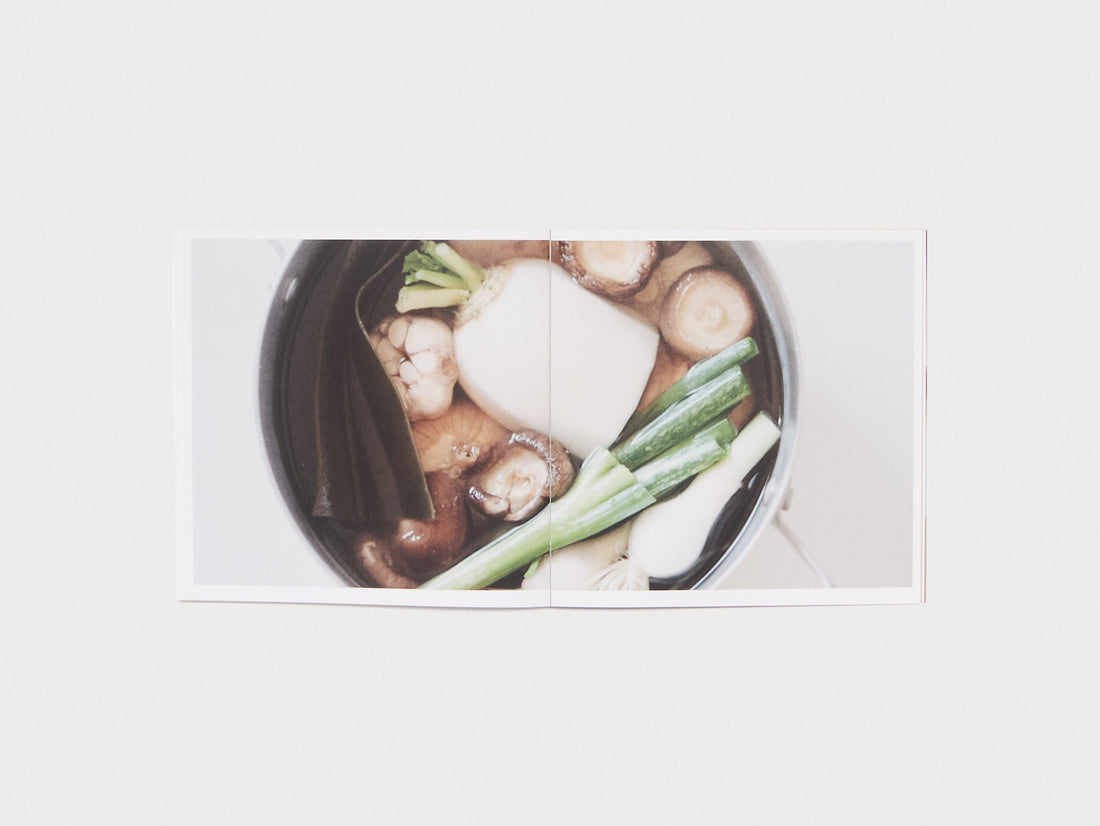Author
Layuhl JangPublishers
NamokcookInfo
104 pages
2025
200mm × 200mm
Softcover
ISBN
9791221083620
,
of 8
Annyeong 안녕; people greet each other with the same word when they meet and when they say goodbye.
The word ‘안녕하세요’ (annyeonghaseyo) combines the characters 안 (an), meaning “peace”, and 녕 (nyeong), which also signifies “comfort”. Together, they express a state of being well and free of worries. This greeting captures both the joy of meeting and the bittersweet feeling of parting. The greeting annyeoung was created to encourage us to gently support ourselves everyday, consistently check in, and behave well.
In Korean, dumplings are called ‘mandu’ (만두). While Korean dumplings may not be as widely known as their Chinese or Japanese counterparts, they have their own charm. Made from wheat or buckwheat dough filled with various ingredients like tofu, kimchi, glass noodles, and bean sprouts, they offer a delightful flavour that highlights the harmony of the ingredients.
Mandu reminds me of myself. It does something special for me, it makes me think, brings back memories, and, yes, it also makes me hungry. When I was younger,I thought dumplings were found only in Asia, but I’ve since learned that wrapped foods are a common part of many cultures around the world. They are important to all of them. Dumplings offer comfort, bring families together and connect generations everywhere. Though their shapes and sizes may differ, they all evoke cherished memories. And, of course, they are delicious.
Making mandu is a calm and rewarding activity, involving all your five senses, that you can enjoy with your loved ones. You can choose your favourite vegetables and meats to create your own unique dumplings. You don’t have to follow a strict recipe, just use the ingredients you love to make fresh mandu. You can even prepare and freeze mandu for those busy days. It’s easier than you might think to make delicious homemade mandu.
Everyday Mandu Cookbook is a fun and delicious guide to making Korean-style mandu (dumplings).
It covers everything from basic dough, classic meat and veggie fillings, folding techniques, and cooking methods to creative twists.
With charming illustrations, each step is shared in an easy and enjoyable way.
The book is written in both Korean and English.













